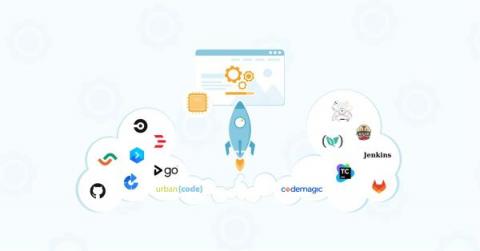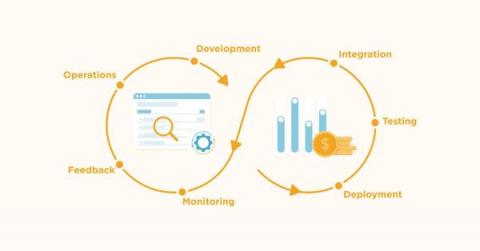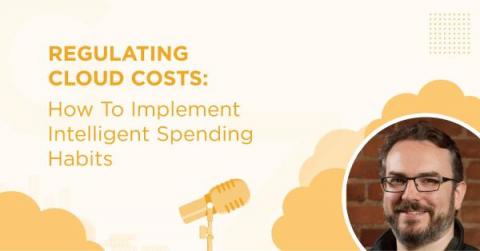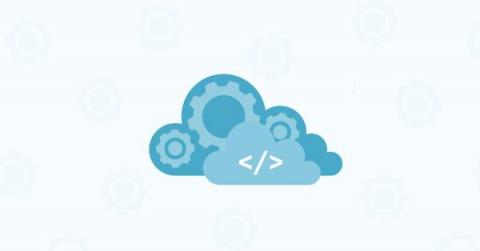What Is Replatforming? Everything You Need To Know
Depending on your business reason for migrating to the cloud, you can either move in one go or incrementally. If, however, you prefer to retain some of your operations, app design, or workflows on-premise, you can still do so based on the cloud migration strategies you use. Sometimes, it makes more sense to modify your existing system rather than make too many changes all at once. Cost, data security, and service availability (thus revenue and customer experiences being impacted) are just three concerns.











